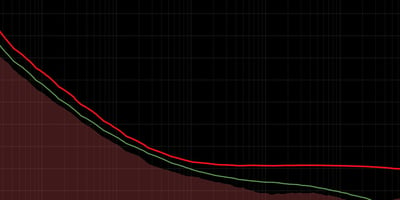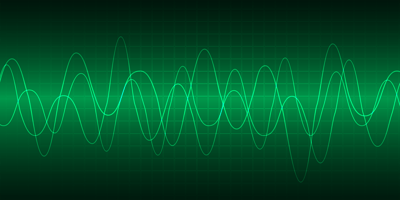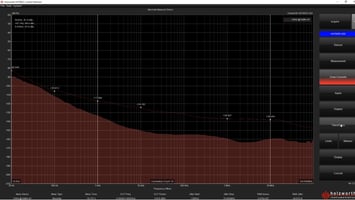Fundamental to various devices and systems, oscillators are components that produce repetitive,...
What Is the Doppler Effect & How Does Doppler Radar Use It to Gather Data?
Doppler radar systems use a phenomenon called the Doppler effect to produce data about a target. In the blog post below, learn how the Doppler effect is utilized by Doppler radar as well as the factors that can limit system performance.
The Doppler Effect
The Doppler effect conveys how waves change in frequency as a wave-emitting source is in motion, all from the perspective of a stationary observer.

Best explained through an example, imagine a man standing in a field looking toward a road. He’ll serve as our stationary observer. A police car is about to drive past the man on its way to some unknown emergency, sirens blaring. As the car approaches the man, the siren seems to emit a high-frequency pitch, but while it drives away out of view, the pitch lowers.
Compared to the siren’s actual pitch, the observer hears a higher sound as the vehicle gets closer and a lower sound as it travels away, but its true pitch is revealed at the moment the vehicle crosses the man’s path. At that instant, the transmitted frequency is equal to the received frequency.
The observer hears this difference because of the Doppler effect.
When waves (e.g., police siren’s sound waves) are emitted from an object in motion (e.g., speeding police car), they compress in the direction the object travels. As the sound waves bunch together, the number of sound waves received per second by the observer increases. This results in the observer hearing the siren at a higher frequency.
Waves elongate in the opposing direction of travel. As the waves spread out, the observer receives less sound waves per second, which the observer interprets as a shift to a lower frequency.


Doppler Radar Systems
Doppler radar transmits radio pulses at a certain frequency toward a moving object like an aircraft. After striking the target, a portion of the radar pulse is reflected back toward the radar antenna.
The reflection, however, now has a different frequency compared to the original one transmitted. Analyzing the shift in frequency can determine the object’s directionality relative to the radar system. Put simply:
- Objects moving toward the radar system will return a higher frequency signal than the initial radio pulse.
- Objects moving away from the radar system will return a lower frequency signal than the initial radio pulse.
Aside from the direction of travel, Doppler radar can also reveal an object’s location, speed, and distance.
Watch Now: Why Is Low Phase Noise Critical for Radar Systems?
Phase noise can be a significant performance limiter for Doppler radar systems. Certain radar returns are more at risk than others, namely:
- Signals close to the original transmit frequency.
- Signals with low reflected power.
Spectrum spreading caused by excessive phase noise can inhibit a radar receiver's ability to measure these close-in, low power radar signals.
The “Why Is Low Phase Noise Critical for Radar Systems?” video not only covers how Doppler radar systems work but explains the basics of phase noise and high-performance phase noise analysis and RF synthesis solutions. Give it a watch for more information on how phase noise affects radar system performance.



